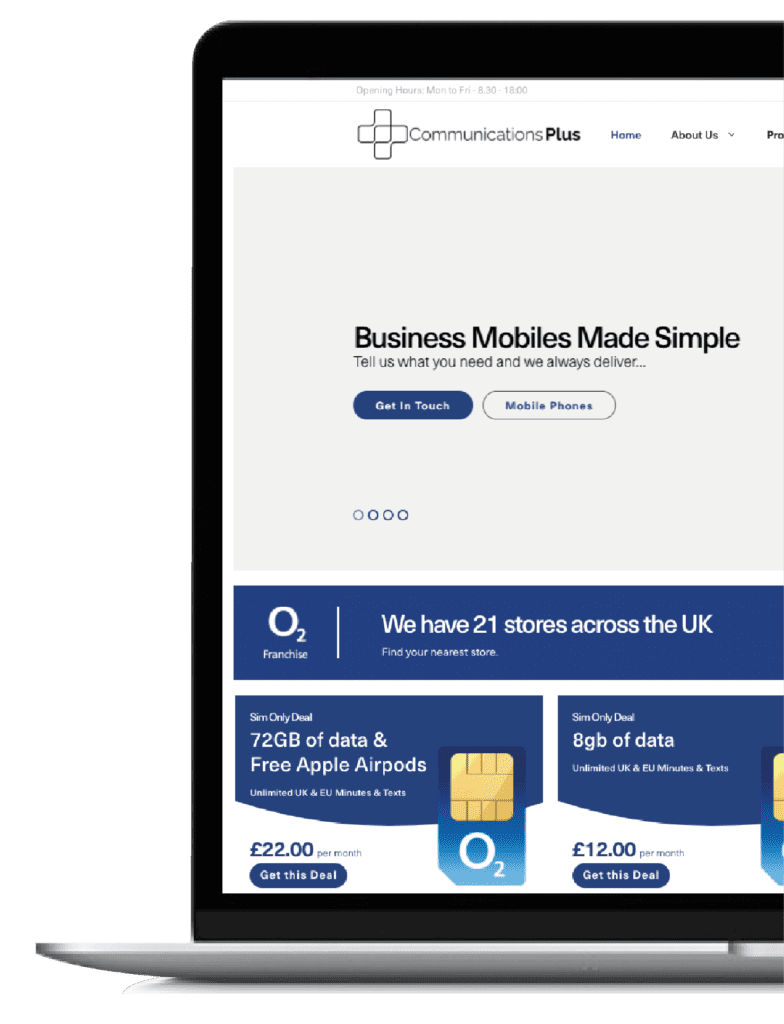With more people set to work remotely in the future, the need for better digital infrastructure that can manage mass amounts of data being sent across mobile devices has never been more important.
The rollout of 5G, and the development of compatible business mobile phones, will not only help provide improved digital connections between employees.
It will completely change how they work and interact with their work space.
Whatever that space looks like.
What does 5G actually do?
Technology with 5G capability drastically improves the reliability of digital connections.
It doesn’t just create speedier connections and quicker transfers of data between devices.
It significantly increases the amount of data that can pass over a network without creating delays and disruption.
5G and compatible devices also run more efficiently from an energy usage standpoint (because it has improved performance capability).
So not only is the network quicker, it’s more energy efficient too.
It’s widely expected that 5G will be the catalyst for widespread use of next generation technology like virtual and augmented reality, as well as power new connected devices both in the office and at home.
What does 5G mean for the future of work?
The rollout of 5G has come at a good time for businesses.
The increase in remote working, and the possibility that more workers will be working away from the office in the future, means they need more reliable networks to do their jobs.
While not ‘mainstream’, where 5G is being tested, it’s already showing tangible results.
In one study, users of 5G backed technology saw a 2% increase in productivity, compared to colleagues still using a 4G network.
While that might not sound like a lot, if that increase happened at a national level, it would add about £2.6bn to the economy, according to the study.
Some of this productivity gain is down to the higher bandwidth and connection speeds that come with 5G.
It allows more employees to access a network at once, and for them to handle more data heavy tasks without causing delays.
What it means for the future of remote working, is more people being able to use mobile devices and a 5G connection from anywhere to access a single company network.
All they’d need is a 5G connection and a compatible device, like a business mobile phone.
From a day-to-day perspective, these remote employees would be able to deal with much higher bandwidth tasks seamlessly and easily transfer large amounts of data between their teams.
Many of these tasks are only possible in a fixed workspace right now because mobile networks simply don’t have the bandwidth to deal with them.
These benefits are echoed by David Linthicum, chief cloud strategy officer at Deloitte Consulting who said:
“5G will enable the workforce to become more distributed. You can be anywhere and have access to unlimited bandwidth.”
So with higher levels of bandwidth and better devices, employees would be able to create a virtual office from anywhere they wanted, without worrying about lost connections or latency when dealing with high amounts of data.
Prepare for the 5G revolution with a new business mobile phone
While the rollout of 5G is still continuing, modern smartphones are already starting to become 5G ready.
In the next few years, the need to be 5G compatible is going to be almost non-negotiable for businesses looking to compete in a remote, data heavy world.
So is it time you start to think properly about how you’ll adapt your business for the next generation of connected devices?
You can see the latest 5G compatible devices available here.











